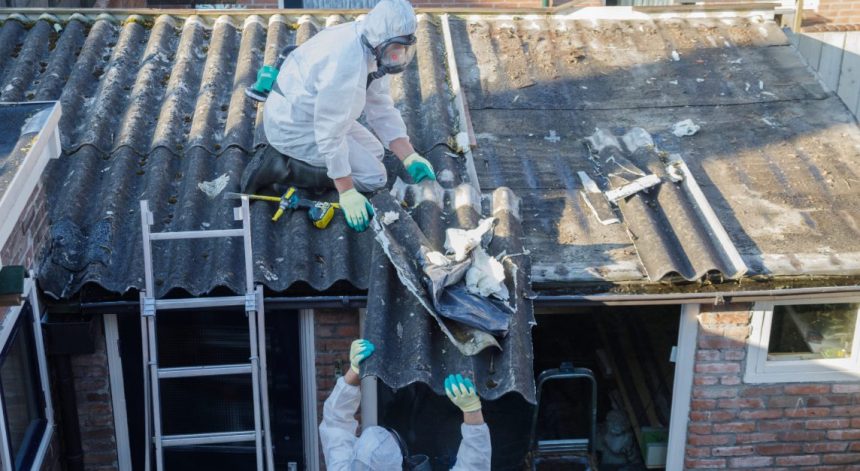As Australia’s cost of living continues to rise, more and more everyday Aussies are picking up the tools to try their hand at a bit of home improvement.
But many DIY novices remain unaware of the health risks posed by doing DIY near asbestos, leading them to play “renovation roulette” with their lives.
Asbestos can be found in any home built before 1990, with the deadly construction material used in manufacturing more than 3000 building and decorator products before then.
It leads to the death of more than 4000 Aussies per year – more than double the nation’s annual road toll.
In fact, as Asbestos Awareness Week draws to a close, another 77 Australians will die as a result of preventable asbestos-related illnesses.
And with the product still lurking in one-third of Aussie homes, even the most skilled DIY brains are encouraged to brush up on their understanding of asbestos-related risks.
So whether you plan to rebuild your house, rip up the kitchen or re-do the bathroom, here are Build-it’s top tools for avoiding asbestos risks:
Where it hides
Prior to 1990 Australia was one of the highest users of asbestos worldwide, with the product used in all types of homes, including brick, weatherboard and those built from fibrous cement cladding.
The product can also be found as part of structures made from cement sheeting, used to build garages, backyard sheds and roofs.
Those renovating homes built prior to 1990 are at risk of unmasking asbestos at any time, with the product also found under flooring, around pipes, behind walls and in fences, roofs, and garages.
The risks are even higher for renovating homes constructed before 1980 when raw crushed asbestos, known as loose fill, was used for ceiling insulation.
Do not disturb
Luckily, asbestos poses no danger to those within the home if left untouched. However, once it has been disturbed, its microscopic fibres are released into the air, which can be breathed in.
Homes with loose-fill asbestos in their ceilings pose even more risk, with the substance already exposed to the atmosphere.
Once inhaled, the microscopic materials can lead to incurable diseases such as lung cancer, asbestosis and mesothelioma.
Do your research
Before starting any project, renovators must assess whether asbestos lurks in their home.
The first thing to be aware of before commencing any home DIY projects is the property’s build date, with those constructed before 1990 likely to contain some form of asbestos.
If the build date is unknown or you believe your home may contain asbestos despite being built after this period, homeowners can arrange an inspection by a licenced asbestos assessor.
A range of online tools are also available to assist DIY enthusiasts with managing asbestos safety, including Asbestos Awareness Campaigns beginner’s educational guide, an asbestos product database and their asbestos safety checklist.
Leave it to the pros
Removing asbestos yourself is never recommended, regardless of your state’s regulations.
Using a licenced asbestos removalist to extract and dispose of the material is the only way to ensure your family’s health.
For a similar call-out cost to consulting any other trade, these asbestos experts will come to your home and ensure all the safety precautions are put in place before sealing off the material and removing it.
That’s why it’s essential to factor the cost of asbestos professionals into your renovation budget.






